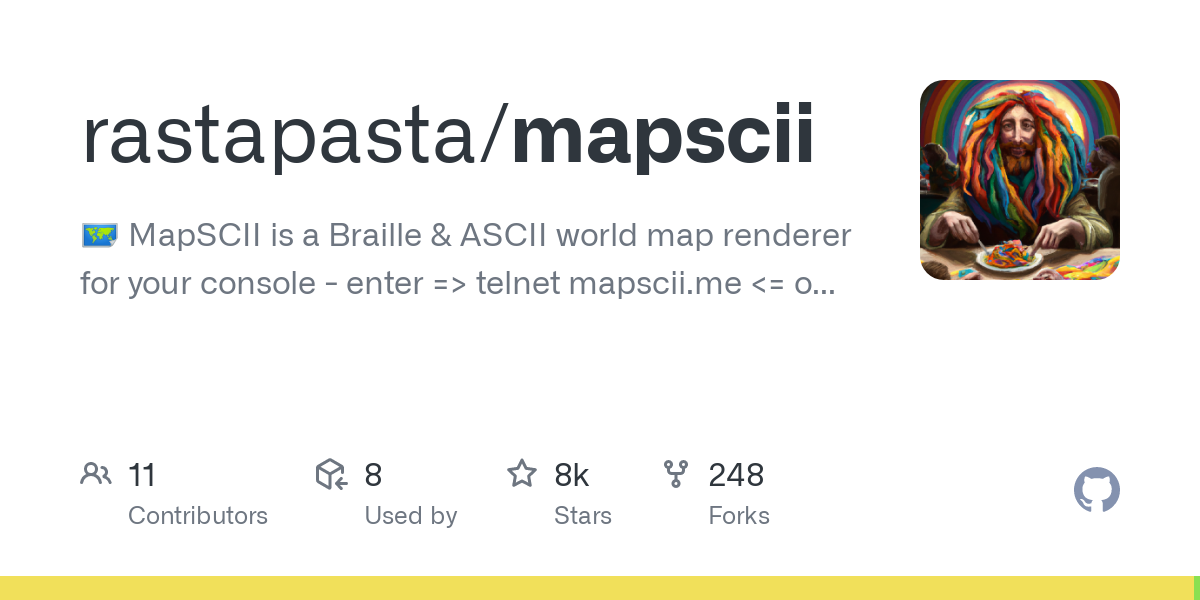- https://mastodon.social/@infeeeee
- https://github.com/infeeeee
- https://gitlab.com/infeeeee
- https://www.openstreetmap.org/user/infeeeee
- 46 Posts
- 74 Comments
- infeeeee@lemm.eeto
 ·16 days ago
·16 days agoThe problem is not building a new operating system, but app support. We have and used to have a lot alternatives, but because mainstream apps are missing no one wants to use them. They don't have enough users, so developers won't develop for them, egg-chicken problem. Everyone tried to solve this by android compatibility layer, but android apps will always run better on android...
I use microG since years at this point, and while most things are working, I always find some quirks, and some random apps not behaving as they should. I'm fine with that, but a non-tech guy would freak out from that. And it's not even a completely different os, only an alternative implementation of GMS aka Play Services.
See previous and current examples, all of them was/is a good or at least usable as an os, but if you can't use your bank's app or whatever app you need in your daily life, you won't switch to it. Even M$ couldn't solve this problem, why Mr. Pei could solve it.
Edit: Obviously in the article they don't speak about an actual OS, but one more Android skin... So Mr. Pei is not planning to solve this, they are just redefining the meaning of words, Android skins are called "OS"s in entrepreneur speak nowadays.
- infeeeee@lemm.eeto
 ·17 days ago
·17 days agoI'm a happy user of input-remapper (AUR). I use it to replace PageUp/PageDown with Home/End keys on my Laptop. How does your tool compared to that?
Feedback: Can you add an example systemd service? Or it would be even better if the PKGBUILD would install it, I've seen a lot of software which adds a disabled service, so you just have to enable and start it.
Posting here as there doesn’t seem to be an active Arch Linux community.
archlinux@lemmy.ml seems active to m
Your text says
qemu-desktopis only "optional" forqemu-base. You can safely remove qemu-desktop, pacman won't nag about optional dependencies.For checking dependencies, I like to use
pactree, it draws nice graphs in the terminal: https://wiki.archlinux.org/title/Pacman#Pactree
It's incorrect. I have 2 AMD cards, I can detach it from linux before booting the guest. After I shut down the guest I have to log out in Gnome to make the card usable again, but no reboot required. It depends on how you set it up. I have a single 34" monitor with 2 inputs, connected to both cards.
I recommend to read about this topic, it would be quicker than waiting for people to answer, your questions were answered multiple times. I recommend the vfio wiki on the r*ddit a lot of good links are collected there: https://old.reddit.com/r/VFIO/wiki/index
- infeeeee@lemm.eeto
 ·1 month ago
·1 month agoWhy do you care? People do a lot of stupid and wrong things, you don't have to care or share these things. See my example: I read about this backround image app or whatever is this, I thought "yeah, it's stupid and I don't care" and moved on with my life. Never thought about this again until you posted this here. There are a lot more important things to be angry about. Ignore the unnecessary. This guy makes nicely edited reviews, that's all, forget the extra bullshit around that. Your life will be better.
- infeeeee@lemm.eeto
 ·1 month ago
·1 month agoWhich games exactly? What are their ratings on protondb?
Because they have different appid. Izzy version is
app.organicmaps.webfdroid version isapp.organicmaps(you can see this in the url). Google version uses the same appid as fdroid. You can't have two apps installed with the same appid, but this way you can have both installed at the same time.I guess organic devs wanted separate appid for their 2 versions and fdroid just went with the default, original one.
So the 3 versions:
- Web: built by organic devs, you can download this from github releases, scraped from there by izzy
- Google: built by organic devs, you can download from github or from play store
- Fdroid: built by fdroid build server, signed with fdroid devs' key.
- infeeeee@lemm.eeto
 ·1 month ago
·1 month agoThe source on this is one guy from X (formerly Twitter), from Vietnam.
I mean, it sound plausible and expected, but it's not some official news.
- infeeeee@lemm.eeto
 ·2 months ago
·2 months agoI guess they don't disclose it because they change it frequently. If whatever new arm chip became discounted, they just switch to that.
I noticed this a long time ago, Asus did this with their entry level routers frequently, but they at least disclosed it. You had to be careful, the same router with the same name could be totally different inside, only the revision number changed.
- infeeeee@lemm.eeto
 ·2 months ago
·2 months agoXiaomi's reasoning was they produce different phones for Chinese internal and for global market. A lot of scalpers bought the Chinese version, took it outside China, flashed a global rom and sold it. Chinese versions have limited frequency support and sometimes different chipsets, the problem was buyers of these phones nagged to Xiaomi's support and left bad reviews, even though it wasn't Xiaomi's fault.
Yes, it sounds bullshit, I'm just illustrating, that if you ask companies for reasons, they can tell you some similar stories.
The good part, is that bootloader opening workflow was not the best, but at least acceptable for me compared to Asus'. You had to register your IMEI with a Xiaomi account, than wait a week and you could open it (This was the workflow like 5 years ago, and I still have the same phone, I don't know if they changed it). This way they could slow down the scalpers, and they could see if someone want to mass open a lot of phones at the same time.
From Creative Commons FAQ:
We recommend against using Creative Commons licenses for software. Instead, we strongly encourage you to use one of the very good software licenses which are already available. We recommend considering licenses listed as free by the Free Software Foundation and listed as “open source” by the Open Source Initiative.
Unlike software-specific licenses, CC licenses do not contain specific terms about the distribution of source code, which is often important to ensuring the free reuse and modifiability of software. Many software licenses also address patent rights, which are important to software but may not be applicable to other copyrightable works. Additionally, our licenses are currently not compatible with the major software licenses, so it would be difficult to integrate CC-licensed work with other free software. Existing software licenses were designed specifically for use with software and offer a similar set of rights to the Creative Commons licenses.
Version 4.0 of CC’s Attribution-ShareAlike (BY-SA) license is one-way compatible with the GNU General Public License version 3.0 (GPLv3). This compatibility mechanism is designed for situations in which content is integrated into software code in a way that makes it difficult or impossible to distinguish the two. There are special considerations required before using this compatibility mechanism. Read more about it here.
Also, the CC0 Public Domain Dedication is GPL-compatible and acceptable for software. For details, see the relevant CC0 FAQ entry.
While we recommend against using a CC license on software itself, CC licenses may be used for software documentation, as well as for separate artistic elements such as game art or music.
I wrote "by osm supporting companies". The companies behind overture are also supporting osm, that's what I wanted to write, it's not necessarily a competitive project, simply data quality is different, but there is an overlap between supporting companies.
Overture maps is a project by osm supporting companies to present their fake and/or low quality data to their shareholders. They can't import it to osm because of the aformentiones reasons, so they created their own osm with blackjack and hookers.
Roads and landuse data is from osm so it it's the same. Building contours based on osm and from some MS ai tool, similar to what you get in the RapId editor. At some places it's good, in dense cities it's unusable, and there are a lot of false positives, fake buildings on lakes and rivers, etc. Shops and POIs are from Facebook, a lot of them are at the wrong position or they not exist anymore, duplicates and jokes etc.
So as I see, it's not usable by itself for anything. But it's license is compatible to osm, so you can freely copy from there. I used it to check validity of osm notes. Facebook via this allowed us to copy data from any page, it was a grey area before. Here where I live a lot of shops don't have a website only a FB page, and it wasn't clear if you can copy phone numbers, email addresses from there. Now the same data is available in overture
- infeeeee@lemm.eeto
 ·2 months ago
·2 months agoIt was not just a "leak" this was literally on their website a year ago: https://arstechnica.com/gadgets/2023/12/no-a-marketing-firm-isnt-tapping-your-device-to-hear-private-conversations/
Marketing people bullshitting to get investor money. Anyone can imagine non existent technology and lie on the internet, you don't have to believe everything
- infeeeee@lemm.eeto
 ·2 months ago
·2 months ago(I reread ops question and I can only see the term open source 2 times, but whatever, I understand what you say, and I don't want to debate about semantics.)
The point with microG is it's still the best way if you want to use android. The other options are:
- Play services (GMS), or Huawei has some similar solution because of US trade embragoes.
- You can use android without play services but notifications won't work for most apps, even if you can open them. (UnifiedPush tries to solve notification part) Wifi and cell based location won't work
- I see microG as an acceptable middle ground. I still have to give up something to goog, but it's not much compared to GMS, and I can use all available apps
- infeeeee@lemm.eeto
 ·2 months ago
·2 months agoOP asked about Open Source not about privacy.
MicroG minimises connections to google servers, here you can read what addresses it still connects to and why: https://github.com/microg/GmsCore/wiki/Google-Network-Connections
- infeeeee@lemm.eeto
 ·2 months ago
·2 months agoMicroG works really well
A free-as-in-freedom re-implementation of Google’s proprietary Android user space apps and libraries.
Redmis usually have a good 3rd party rom support, if you can open the bootloader. Literally any rom is a better experience than MIUI or whatever they call that nowadays.
There is already a crdroid official available: https://xdaforums.com/f/xiaomi-redmi-note-13-pro-5g-poco-x6-5g.12860/











Github issue: https://github.com/openstreetmap/openstreetmap-website/issues/2332
There is already a PR about fixing the low contrast: https://github.com/openstreetmap/openstreetmap-website/pull/5325